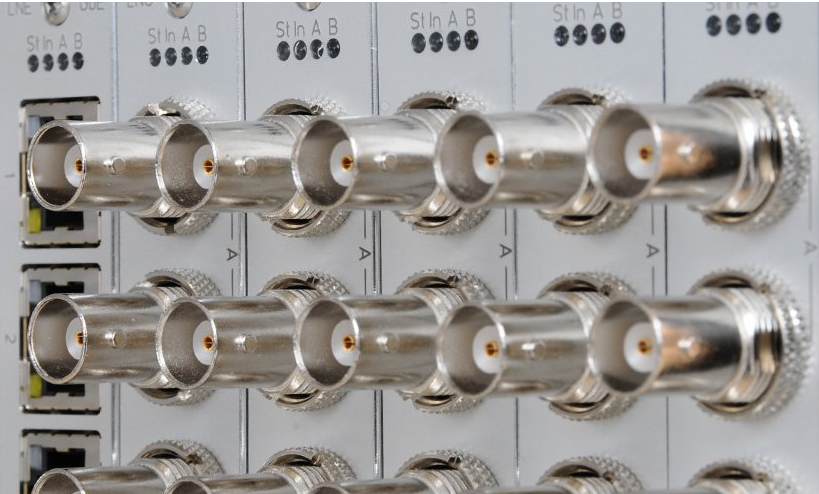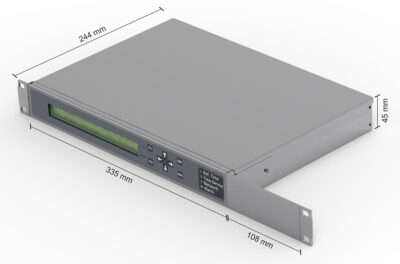Description
The M500 railmount chassis offers the following slot types:
- IMS-PWR High efficiency power supply (AC and DC versions available)
- IMS-CLK Reference clock module
- IMS-MRI IRIG, 1PPS, 10MHz input module:
- IMS-ESI Input references for 2048kHz, 2.048MBit/s and variable frequencies:
MRI and ESI slots are also available for a variety of output signals:
Pulses, Frequencies, Time Codes, Serial time telegrams) and of course more network interfaces (IEEE-1588, NTP ports) - IMS-CPU Central processor module providing NTP / SNTP time synchronization and management and configuration interfaces
- IMS-CES Expansion slot for Error output (standard configuration) and for furtheradditional output signals (PPS, timecode…):
Rail Mount NTP Time Server for large Networks
With up to 6,000 NTP requests per second, the system is able to provide time for hundreds and thousands of NTP clients. The LANTIME module supports the following protocols: IPv4, IPv6, NTP / SNTP (v2, v3, v4), HTTP (S), SSH, Telnet, SNMP (v1, v2, v3), FTP, SFTP, DHCP/DHCPv6. For each system, up to 99 logical network interfaces are available (99 IPv4 and 99 IPv6 addresses).
Scalable NTP Time Server System
All modules are hot-plug capable and the modules can be configured via the central web interface (from the CPU module). Almost infinite number of combinations of input and output modules are available to meet almost any synchronization task. Because of simple extension by upgrading the system with new modules the scalability of the M500 system is ensured.
Slots for Input Signals:
IMS-MRI:Standard reference inputs
IMS-ESI: Extended reference inputs
Both of these reference input interfaces may also be used as I / O slot.
Front Panel
The front panel of LANTIME M500 integrates the familiar LC-Display with 4×16 characters and the well known LANTIME menu panel with 4 directional and 4 function buttons. This allows for a simple and fast on-site configuration of the main parameters. Hundreds of configuration options for the LANTIME CPU and the IMS input and output modules can be changed using the powerful web interface.










